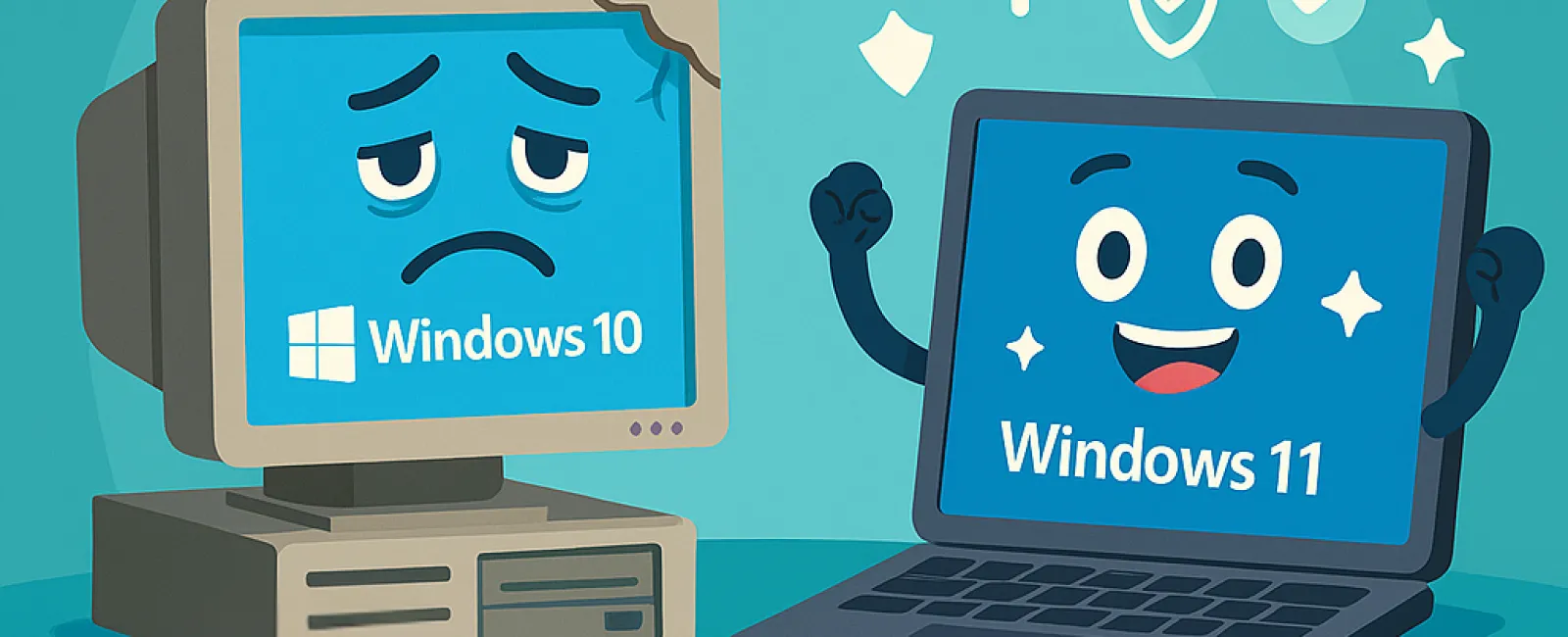September 22, 2025
While it might seem budget-friendly to cling to outdated technology, the hidden costs far outweigh the savings. Relying on aging hardware and obsolete software can severely impact your business's efficiency, finances, and security.
Understanding the True Expense
Outdated technology drains your business in several critical ways. Older systems operate sluggishly, slowing down your team's workflow and diminishing overall productivity. Worse, these systems are prone to unexpected failures, leading to costly downtime and missed deadlines.
Security risks also escalate with obsolete software and hardware, as they no longer receive patches to fix known vulnerabilities. Cybercriminals exploit these weaknesses to access your sensitive data, putting your business at risk. Additionally, using outdated technology jeopardizes your ability to pass compliance audits, raising the stakes even higher.
Identifying When It's Time to Upgrade
Watch for these key indicators that signal your technology needs a refresh:
1. Running Windows 10 or earlier versions.
With Microsoft ending support for Windows 10 in October 2025, your systems will no longer receive crucial security updates. Continuing to use it exposes your business to significant cybersecurity threats and compliance issues. Plan your transition to Windows 11 today to safeguard your operations.
2. Recurring IT issues and frequent support calls.
Constant system crashes, slow performance, and repeated IT interventions are clear signs your technology is failing. These problems disrupt your workflow and drain productivity, costing your business valuable time and resources.
3. Software incompatibility with new tools.
Legacy software that doesn't integrate with modern mobile apps or cloud services limits your ability to innovate, serve customers effectively, and scale your business. Upgrading ensures seamless compatibility with contemporary technologies.
4. Devices slowing down your team's productivity.
Computers that take too long to start, freeze, or crash during important tasks like video calls disrupt your workflow and waste time. Devices older than three to five years should be evaluated for performance and energy efficiency to prevent productivity losses and increased energy costs.
5. Outdated security defenses.
If your firewall or antivirus software hasn't been updated recently, your business is vulnerable to evolving cyber threats. Modern security solutions adapt to new risks, while outdated ones often become entry points for ransomware and other attacks.
Worried about the cost of upgrading? Holding onto outdated systems can actually lead to greater expenses through lost productivity, security breaches, and constant repairs. Fortunately, there are cost-effective, strategic upgrade options that keep your business secure and running smoothly without breaking the bank.
Partner with Experts for a Smooth Transition
If you want expert guidance to seamlessly upgrade your technology and stay ahead of obsolescence, contact our team to arrange a FREE 15-Minute Discovery Call. In this brief consultation, we'll outline the best steps to enhance your business's security, efficiency, and cost management. Schedule your appointment by calling (949) 396-1100 or click here.



